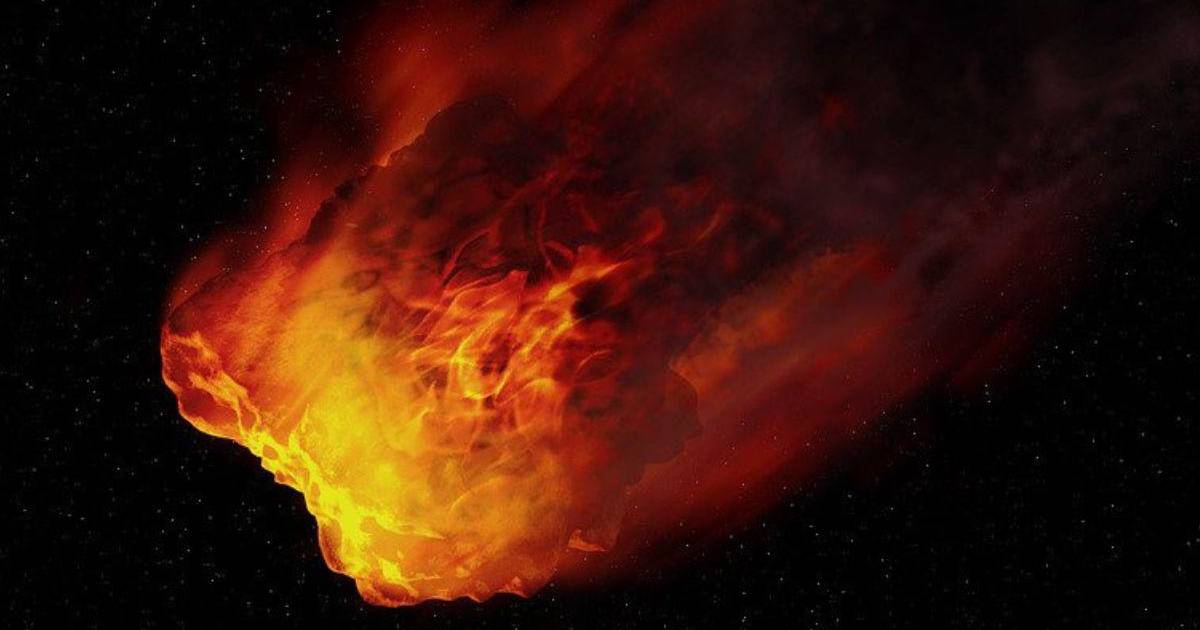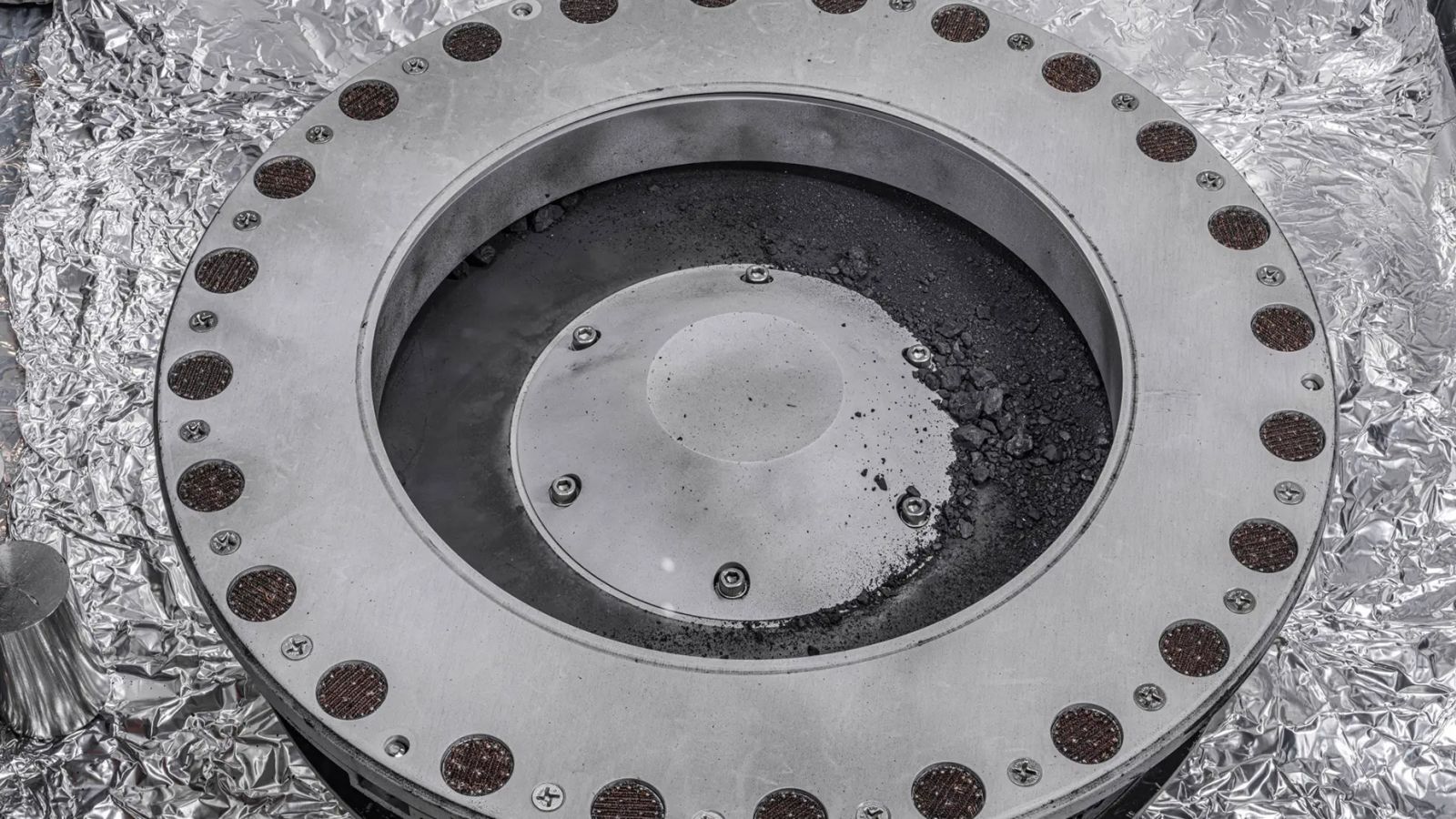(CNN) — NASA has finally revealed an original sample of the asteroid that could serve as a time capsule from the early days of our solar system.
NASA administrator Bill Nelson said the rocks and dust contain water and a large amount of carbon, suggesting that asteroids like Bennu may have delivered the building blocks of life to Earth. The sample contains approximately 5% carbon by weight.
Nelson said: “The first analysis gives us samples that contain abundant water in the form of hydrated clay minerals, and contain carbon in the form of minerals and organic molecules.” “This is the largest carbon-rich asteroid sample ever to return to Earth, and is much larger than our target of 60 grams. Carbon and water molecules are exactly the types of materials we wanted to find. They are crucial elements in the formation of our planet.” . “It will help us determine the origin of the elements that could have given rise to life.”
The sample from the 4.5 billion-year-old asteroid Bennu, collected in October 2020 by NASA’s OSIRIS-REx mission, arrived at Earth in a capsule on September 24, descending from the spacecraft and landing in the Utah desert.
A view of the outside of the OSIRIS-REx sample complex can be seen with material from the asteroid Bennu at center right. Scientists have found evidence of the presence of carbon and water in the elemental analysis of this substance. Most of the exhibition is located indoors. (Erica Blumenfeld and Joseph Aebersold/NASA)
Since then, scientists have been hard at work examining the wealth of material (more than they expected) just inside the top of the container for early analysis. The results of that analysis and a first look at the sample were shared during a live NASA broadcast from the agency’s Johnson Space Center in Houston on Wednesday. It is the largest asteroid sample that has returned to Earth.
When the OSIRIS-REx spacecraft approached Bennu three years ago, it expanded its Touch-and-Go Sample Acquisition Mechanism, or TAGSAM, turned toward the asteroid and released a burst of nitrogen gas. The gas explosion ejected rocks and dust from 50cm below the surface of the space rock. That debris flowed toward TAGSAM’s head.
TAGSAM also had 24 surface contact pads that contacted the asteroid and captured fine-grained material.
Dust and rocks collected from Bennu’s surface and interior could tell the story of how the asteroid formed and evolved over time. These insights will also shed light on the overall composition of the space rock, which could help NASA determine how the asteroid deflected, potentially impacting Earth in the future.
The long-awaited reveal took seven years, from the launch of the OSIRIS-REx mission in 2016 to the capsule’s landing last month. Some have waited longer for this moment. OSIRIS-REx principal investigator Dante Lauretta, who helped develop the mission during its early stages, has waited nearly 20 years to see the sample and gain the insights it could reveal about our solar system.
Scientists will analyze rocks and soil over the next two years in a dedicated clean room at Johnson Space Center. The sample will also be split and sent to laboratories around the world, including OSIRIS-REx mission partners, the Canadian Space Agency and the Japan Aerospace Exploration Agency. About 70% of the sample will remain intact in storage so that future generations with better technology can learn more than is possible now.

“Proud web fanatic. Subtly charming twitter geek. Reader. Internet trailblazer. Music buff.”





:quality(85)/cloudfront-us-east-1.images.arcpublishing.com/infobae/2HYBRDRZ4VCXXAHGURFTENKX3A.jpg)

More Stories
“Satan” revolves around the sun and will appear again on Earth
The path of an asteroid the size of the Giza Pyramid worries scientists
The Sun is producing its biggest flare in nearly two decades, but Earth is supposed to be safe